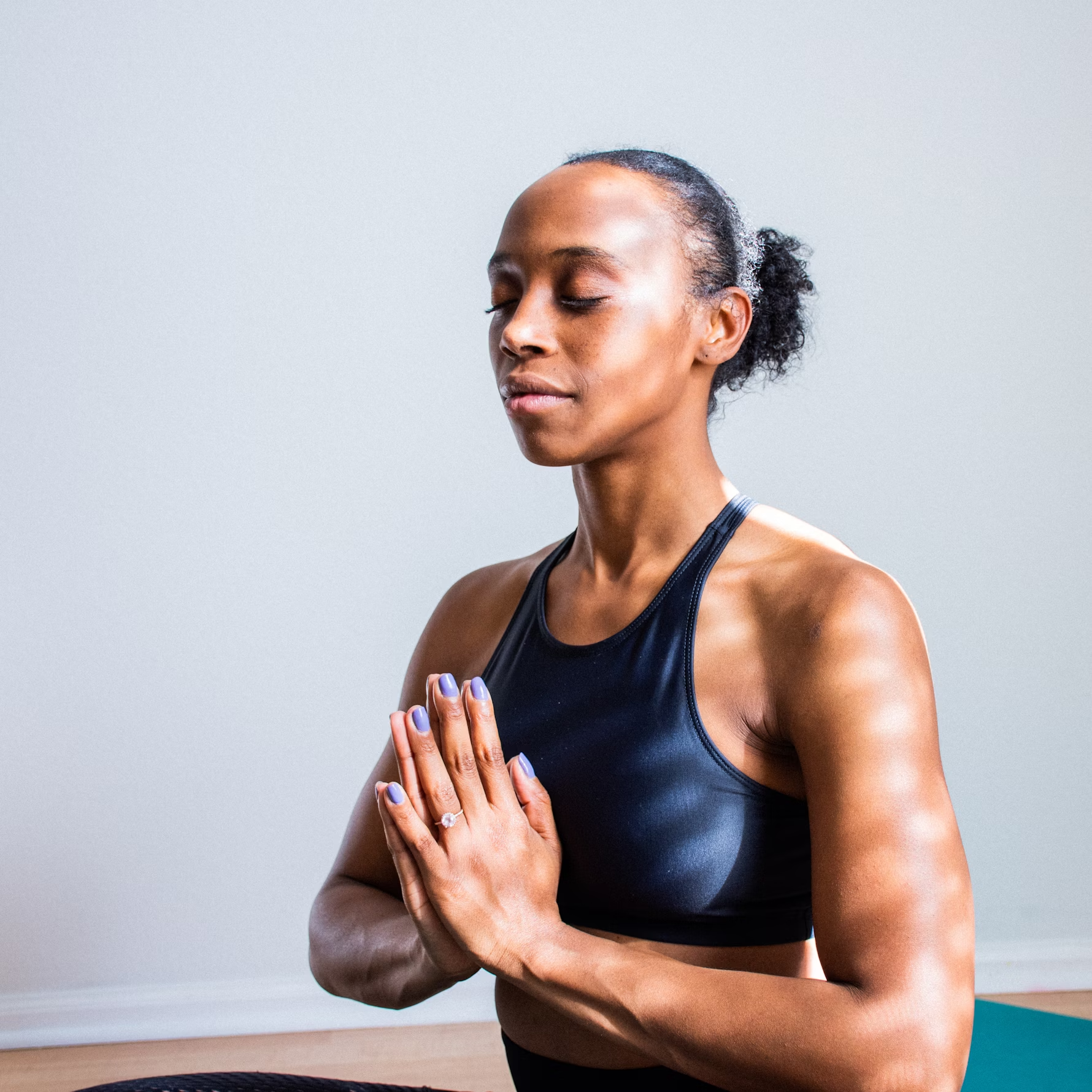Are you feeling stressed, anxious, or simply out of breath? Diaphragmatic breathing, also known as deep belly breathing, might be just what you need to find calm and improve your overall well-being. You can relax, recharge, and rejuvenate with just a few mindful breaths. Sounds appealing, right? Let’s discover how this simple yet powerful technique can transform your life.
What Is Diaphragmatic Breathing?
Diaphragmatic breathing involves breathing deeply into the diaphragm, the muscle located just below your lungs. This technique encourages full oxygen exchange, slows the heartbeat, and can lower or stabilize blood pressure. It’s the natural way babies and young children breathe, but many adults forget how to do it due to stress and poor posture.
How to Practice Diaphragmatic Breathing
Ready to breathe deeply and fully? Follow these step-by-step instructions to get started:
Find a Comfortable Position
Sit or lie down in a comfortable position. Make sure your back is straight if you’re sitting. If lying down, place a pillow under your knees for support.
Place Your Hands
Place one hand on your chest and the other on your belly, just below your ribcage.
Inhale Slowly
Breathe in slowly through your nose. Feel your belly rise as you fill your lungs with air. Your chest should remain relatively still.
Exhale Fully
Breathe out slowly through your mouth. Feel your belly fall as you expel the air from your lungs. Try to keep your exhale longer than your inhale.
Repeat
Continue this process for 5-10 minutes, focusing on the rise and fall of your belly with each breath.
Tips for Effective Diaphragmatic Breathing
By incorporating this practice into your daily routine, you can reduce stress, improve lung function, and find a greater sense of calm and clarity.
- Practice daily: Incorporate this breathing technique into your daily routine. Aim for at least 5 minutes each day.
- Stay mindful: Focus on your breath and the movement of your diaphragm. Let go of any distracting thoughts.
- Be patient. If diaphragmatic breathing feels challenging at first, don’t worry. With practice, it will become easier and more natural.
Benefits of Diaphragmatic Breathing
Diaphragmatic breathing is more than just a relaxation tool. It offers numerous benefits that can enhance your physical and mental health:
- Reduces stress and anxiety: Deep breathing activates the parasympathetic nervous system, promoting relaxation and reducing the stress hormone cortisol.
- Improves lung function: Enhances lung capacity and efficiency, making it beneficial for individuals with respiratory issues.
- Lowers blood pressure: Helps to lower blood pressure by promoting relaxation and improving cardiovascular function.
- Enhances focus and concentration: Increases oxygen flow to the brain, improving mental clarity and cognitive function.
- Boosts emotional well-being: Encourages a sense of calm and emotional balance, helping you manage your emotions more effectively.
Bottom Line
Diaphragmatic breathing is a simple yet transformative technique that can help you breathe deeply and fully, enhancing your physical and mental well-being. So, take a deep breath, relax, and enjoy the profound benefits of diaphragmatic breathing. Remember, the power to transform your breath is in your hands—or rather, in your diaphragm!

Leave a Reply